Ethyl 3,5-Dimethyl-4-[(4-phenyl-1,3-thiazol-2-yl)carbamoyl]-1H-pyrrole-2-carboxylate
Abstract
:1. Introduction
2. Results and Discussion
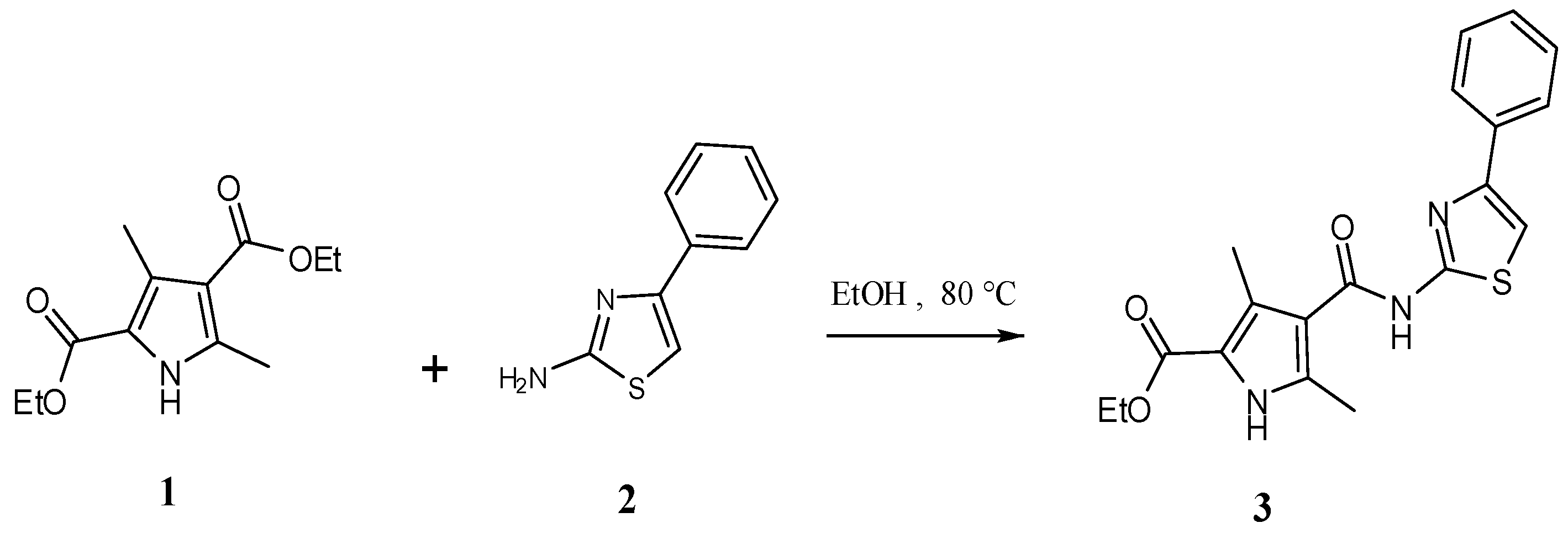
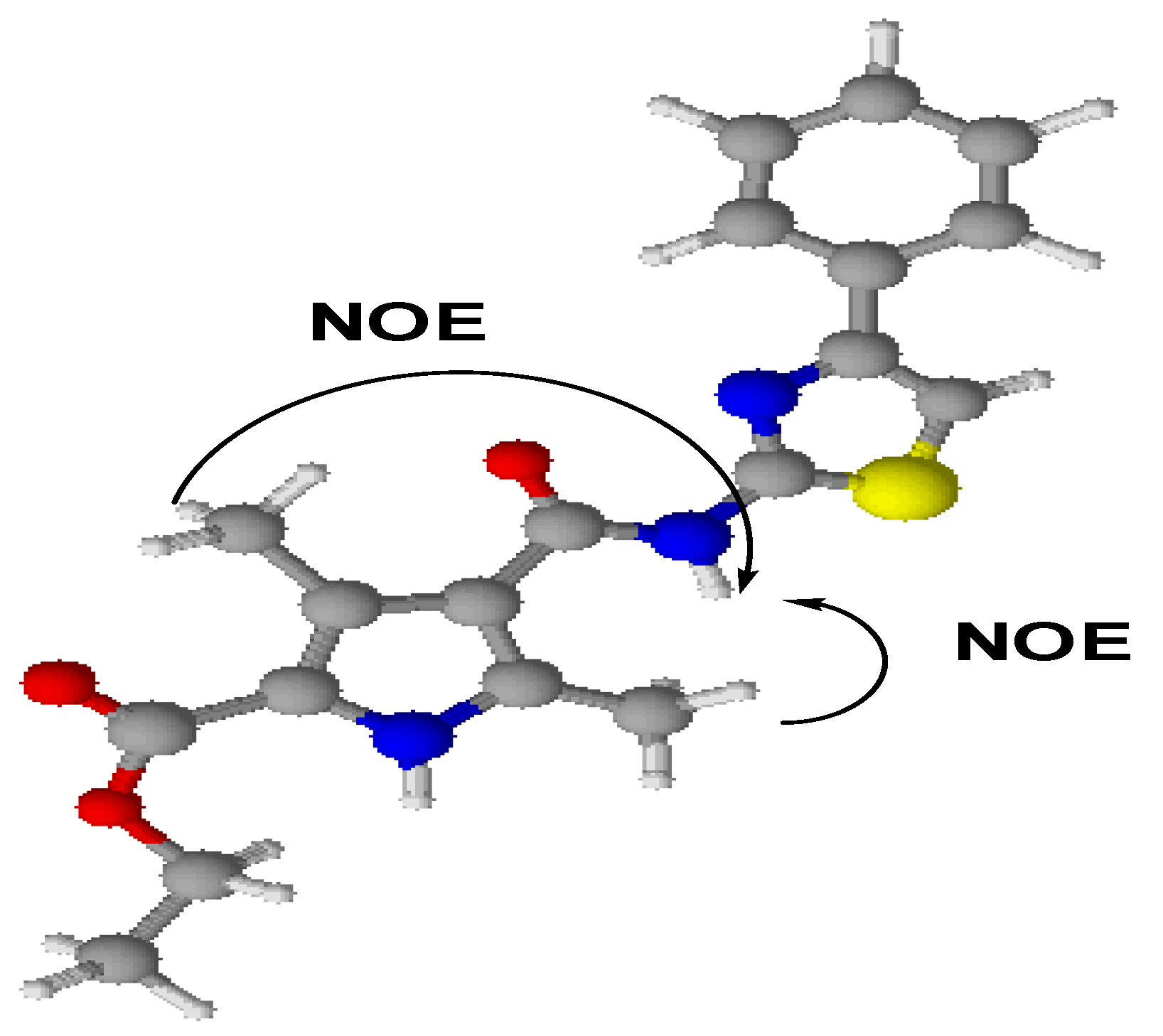
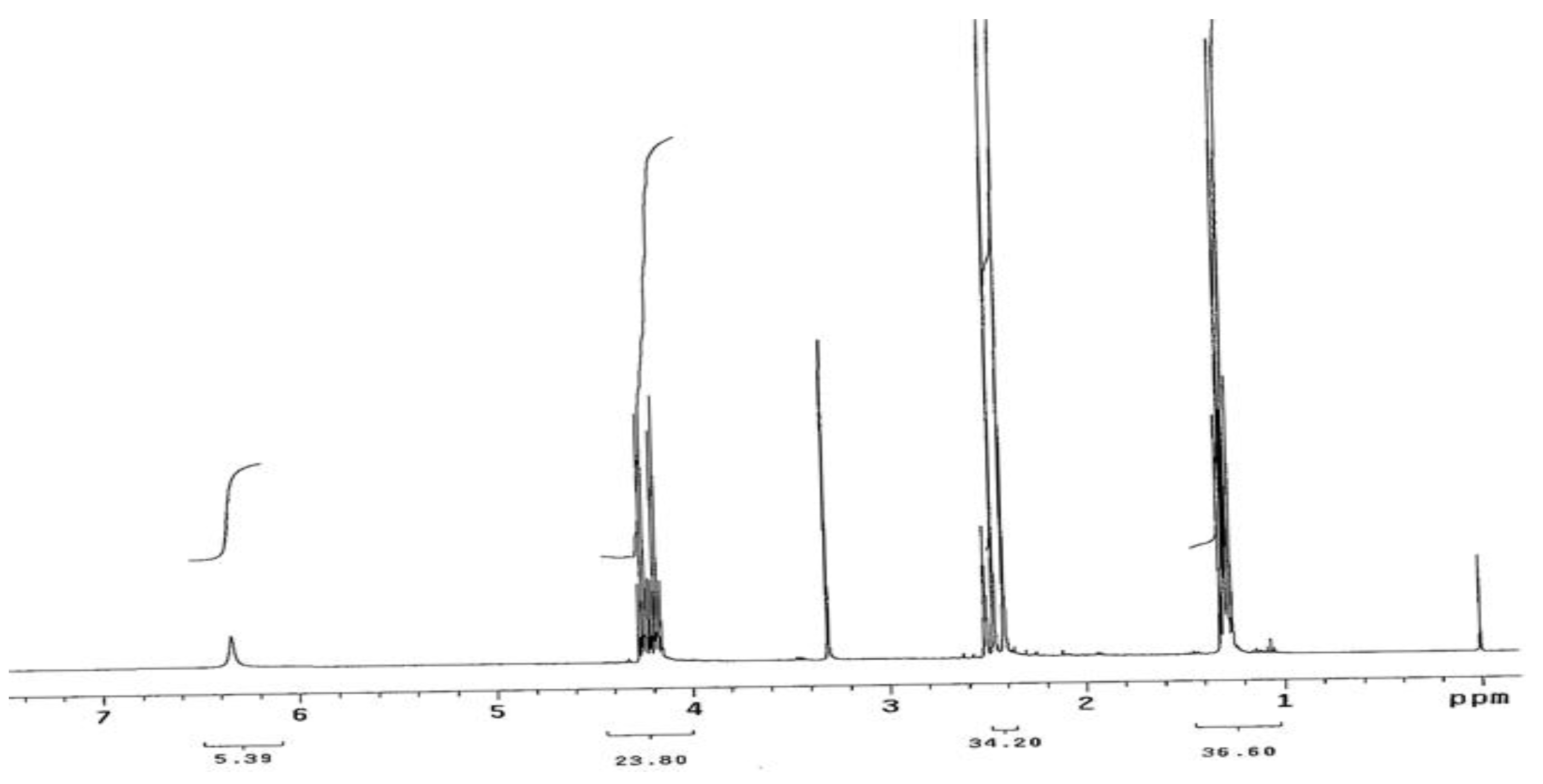
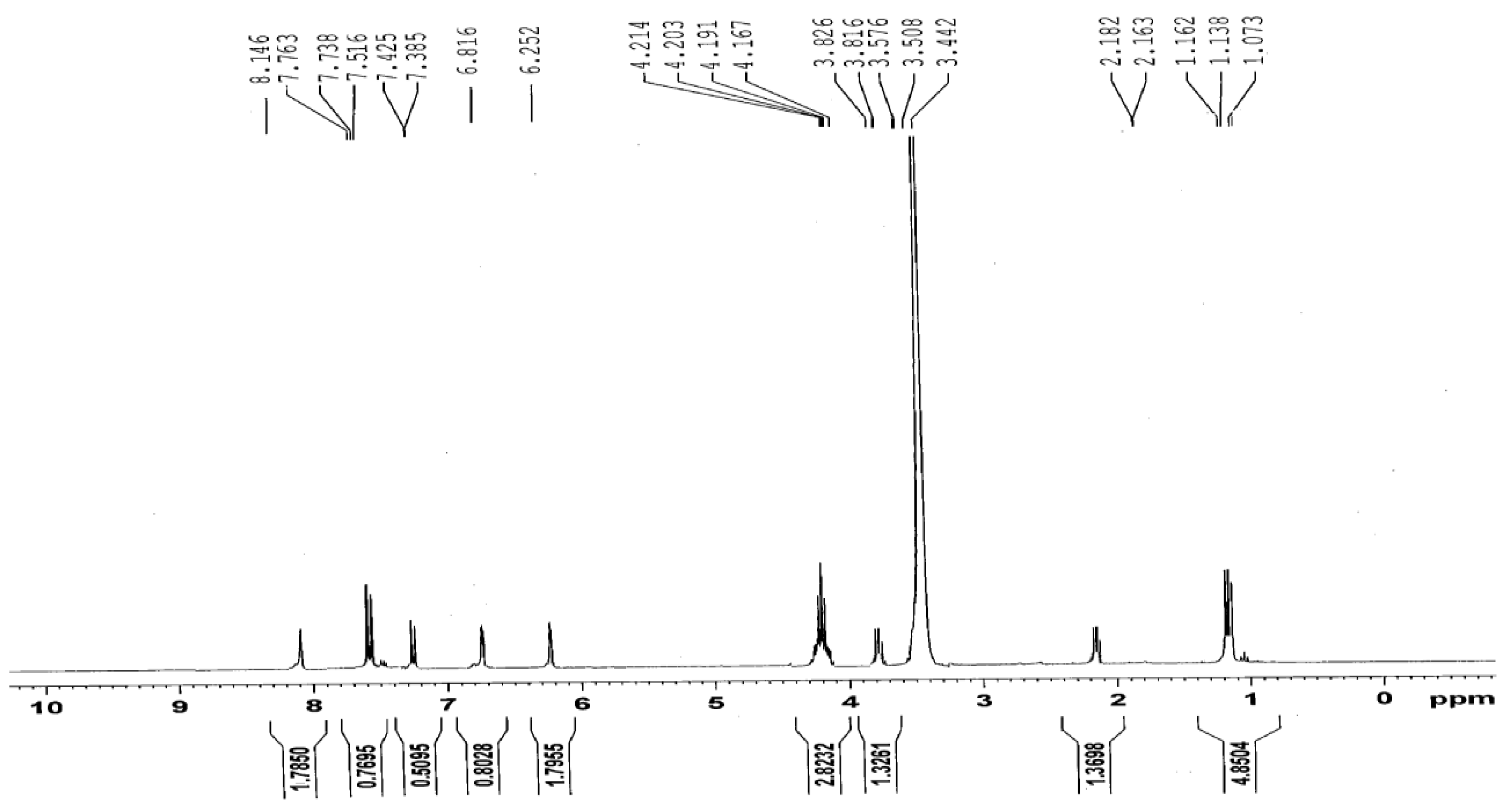
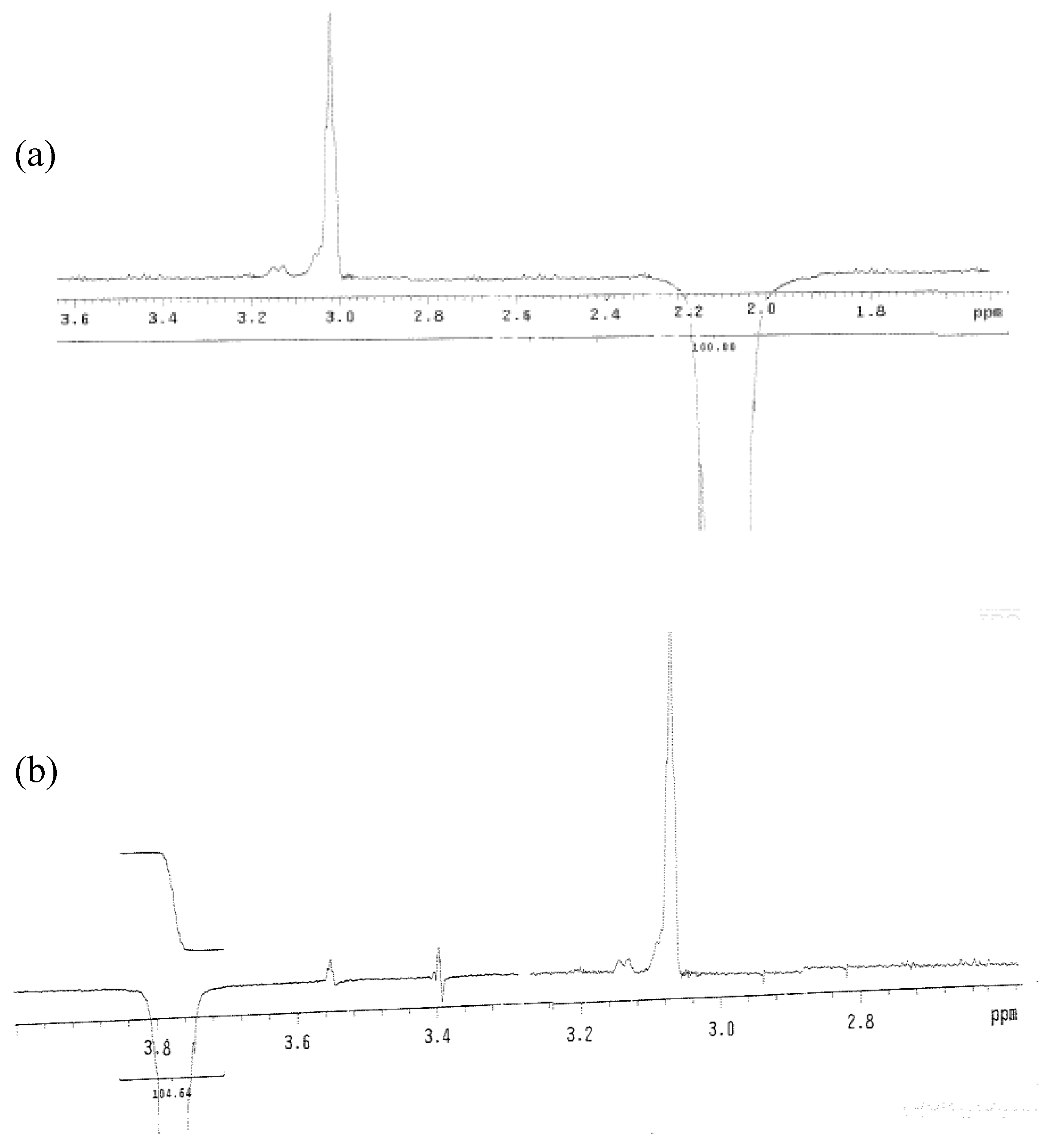


3. Experimental
3.1. Synthesis of ethyl 3,5-dimethyl-4-[(4-phenyl-1,3-thiazol-2-yl)carbamoyl]-1H-pyrrole-2-carboxylate (3)
Supplementary materials
Supplementary File 1Supplementary File 2Supplementary File 3Acknowledgement
References and Notes
- Geronikaki, A.; Theophilidis, G. Synthesis of 2-(aminoacetylamino)thiazole derivatives and comparison of their local anaesthetic activity by the method of action potential. Eur. J. Med. Chem. 1992, 27, 709–716. [Google Scholar] [CrossRef]
- Giridhar, T.; Reddy, R.B.; Prasanna, B.; Chandra Mouli, G.V.P. Amino thiozoles: Part I- Synthesis and pharmacological evalution. Indian J. Chem. 2001, 40B, 1279–1281. [Google Scholar]
- Fischer, H. 2,4-Dimethyl-3,5-dicarbethoxypyrrole. Org. Synth. 1935, 15, 17. [Google Scholar]
- Fabiano, E.; Golding, B.T. On the mechanism of pyrrole formation in the Knorr pyrrole synthesis and by porphobilinogen synthesis. J. Chem. Soc. Perkin Trans.1 1991, 12, 3371–3375. [Google Scholar] [CrossRef]
- King, L.C.; Hlavacek, R.J. Reaction of ketones with iodine and thiourea. J. Am. Chem. Soc. 1950, 72, 3722–3725. [Google Scholar] [CrossRef]
- Siddiqui, H.L.; Iqbal, A.; Ahmad, S.; Weaver, G.W. Synthesis and spectroscopic studies of new Schiff bases. Molecules 2006, 11, 206–211. [Google Scholar] [CrossRef] [PubMed]
- Fadda, A.A.; Bondock, S.; Rabie, R.; Etman, H.A. Cyanoacetamide derivatives as synthons in heterocyclic synthesis. Turk. J. Chem. 2008, 32, 259–286. [Google Scholar]
- Refaat, H.M.; Moneer, A.A.; Khalil, O.M. Synthesis and antimicrobial activity of certain novel quinoxalines. Arch. Pham. Res. 2004, 27, 1093–1098. [Google Scholar] [CrossRef]
© 2010 by the authors; licensee Molecular Diversity Preservation International, Basel, Switzerland. This article is an open-access article distributed under the terms and conditions of the Creative Commons Attribution license (http://creativecommons.org/licenses/by/3.0/).
Share and Cite
Idhayadhulla, A.; Kumar, R.S.; Nasser, A.J.A. Ethyl 3,5-Dimethyl-4-[(4-phenyl-1,3-thiazol-2-yl)carbamoyl]-1H-pyrrole-2-carboxylate. Molbank 2010, 2010, M672. https://doi.org/10.3390/M672
Idhayadhulla A, Kumar RS, Nasser AJA. Ethyl 3,5-Dimethyl-4-[(4-phenyl-1,3-thiazol-2-yl)carbamoyl]-1H-pyrrole-2-carboxylate. Molbank. 2010; 2010(2):M672. https://doi.org/10.3390/M672
Chicago/Turabian StyleIdhayadhulla, Akbar, Radhakrishnan Surendra Kumar, and Abdul Jamal Abdul Nasser. 2010. "Ethyl 3,5-Dimethyl-4-[(4-phenyl-1,3-thiazol-2-yl)carbamoyl]-1H-pyrrole-2-carboxylate" Molbank 2010, no. 2: M672. https://doi.org/10.3390/M672




